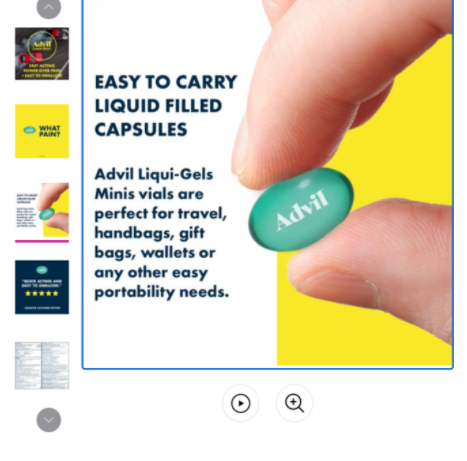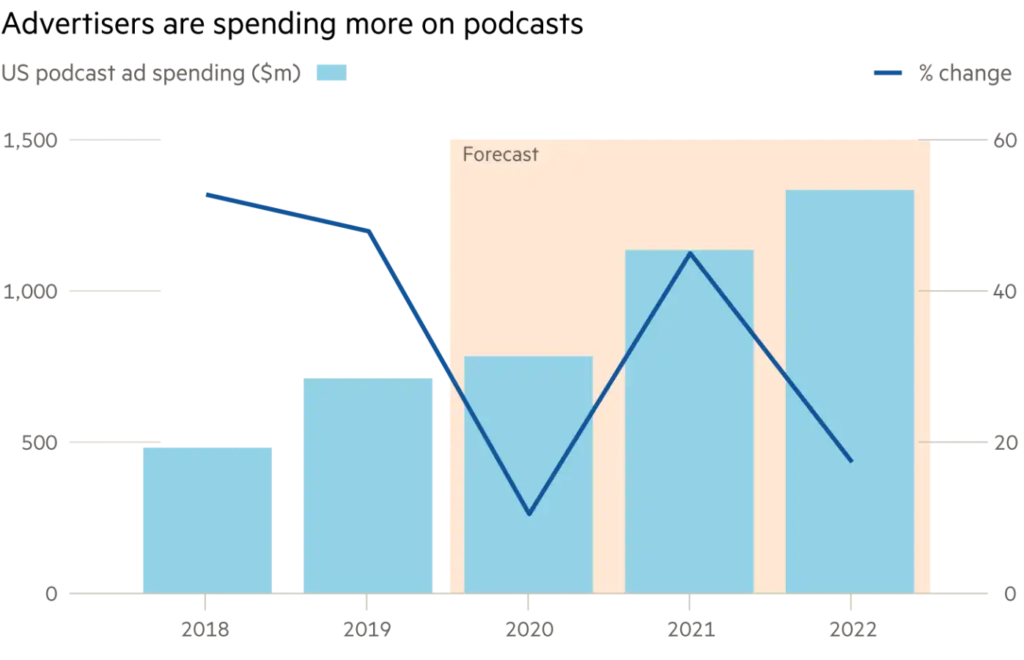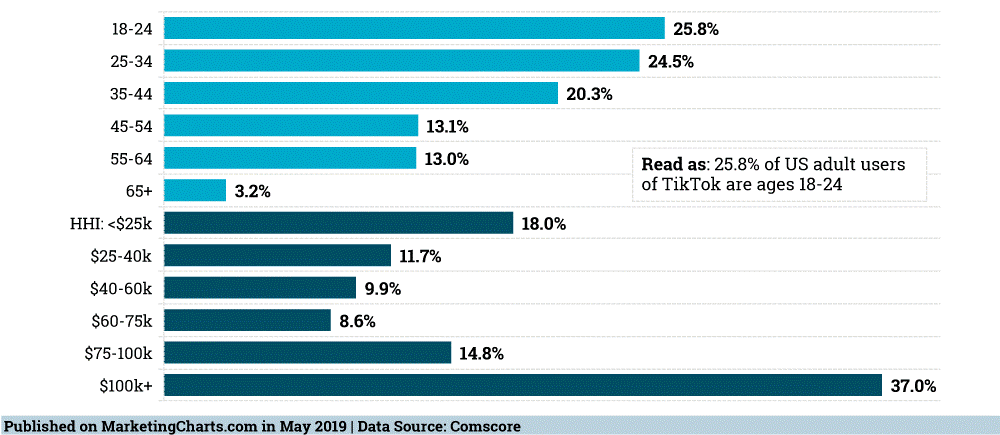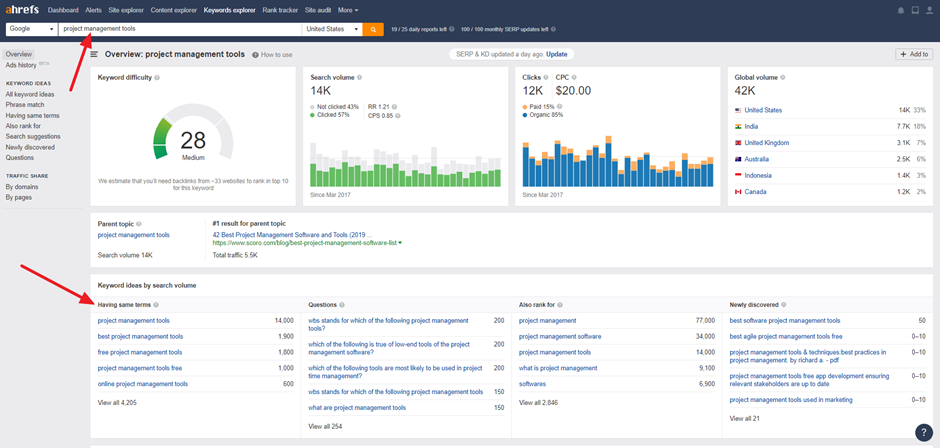What is Advertising Cost of Sales (ACoS)?
Advertising Cost of Sales (ACoS) is a term used by Amazon for their sponsored ads. It is how much you spend on advertising per dollar of revenue you make. It can also be expressed as the ratio of ad spend in contrast with the target sales.
ACoS is a critical measurement of your campaign’s success. It is one of the most important metrics for evaluating your Sponsored Product campaigns on Amazon. If you’re an experienced pay-per-click (PPC) marketer, you may realize Amazon took this idea from Google Ads which uses Return on Ad Spend (ROAS).
The easiest way to think about ACoS is this. Once you have your product’s profit margin as a percentage. You would then deduct the ACoS percentage to get your final margin. For example, your product retails for $30 with a profit margin of 40% ($12). If your ACoS is 10% ($3), then you have ($12 – $3) as profit on sales from your ads.
Using the age-old saying “You have to spend money to make money”, great Amazon sellers use different target ACoS for different types of products to maximize their selling potential. While having a low ACoS is great for profitability, a high ACoS can increase visibility, dominate a niche, and lead to more profit in the long run.
Is Advertising a Cost of Sales?
Businesses need raw materials to create revenue. Every time a product is sold, the cost of the raw materials that is directly associated with that sale is called the Cost of Sales. However, indirect expenses – like accounting and legal fees – are needed to run the business, but are only loosely connected to the top line.
Unlike other less-regarded expenses, cost incurred from advertising has been vaguely connected to results and often the first thing to get chopped in a recession. By directly connecting advertising with the demand you expect, you can transform an advertising expense into the raw material of revenue creation: a Cost of Sales.
Advertising as a Cost of Sales is a way of life for most search marketers. The best ones know — to the penny — how much revenue an extra dollar in advertising will generate. The exchange model brings the same predictability to display. This has always been possible – some ad networks are masters of this game. But centralized liquidity and auction-based pricing have reduced the frictional costs to a point where every advertiser can play.
How is Advertising Cost of Sales (ACoS) calculated?
It is a useful tool for judging profitability, but you need to know exactly how to calculate and interpret it. You can calculate your ACoS with this formula: ACoS = Total Ad Spend / Total Sales.

The higher your ACoS, the higher your ratio of ad cost to sales revenue. The lower your ACoS, the lower your ratio of ad cost to sales revenue. Ideally, you want as high a sales revenue figure as possible, with as low an ACoS as possible.
ACoS = 100* (Total Ads Spend ÷ Total sales)
Hence, if you spent $10 on advertising and it resulted in a single sale of $40, your Advertising Cost of Sales would be 100*10/40 = 25%.
The screenshot below shows the ACoS in the far right column.

Source: Amazon Seller Central
How to Calculate Break-Even ACoS
Break-even ACoS is the point where your advertising cost is equal to your profit margin (you have a net loss and net gain of $0). It answers the question of “At what ACoS do you make zero profit and zero loss?”
For example, let’s say you have a product with a production cost of $6 and a sale price of $20. If the Amazon fees on the product is $3. Subtracting the production cost and Amazon fee from the sales price is $20 – $6 -$3 = $11. Therefore, $11 is the Pre-Ad Profit per Sale.
Now if you spend all of those $11 on acquiring paid traffic to generate sales, then based on our ACoS formula we would do $11/$20 which equals 55%. So our break-even ACoS is 55%. If we’re doing lower than 55%, we’ll be profitable. If we’re doing over 55%, we’ll be unprofitable.
It’s important to know how to calculate your break-even ACoS in order to decide your Target ACoS. Remember that a good ACoS depends on several factors such as your profit margin and brand visibility before your ad campaign.
What is a good advertising cost of sales percentage?
In order to determine whether a certain ACoS is good or bad, you’ll need to take the entire cost structure and marketing strategy of your product into account. ACoS percentage – Let’s say you spent $20 on ad spend to make $100 in sales. Your ACoS percentage would be, in this example, 20%.
Cost Structure
Considering your product cost structure, once you determine your product’s profit margin as a percentage, you would then deduct the ACoS percentage to get your final margin. As long as you spend less than your profit margin on an advertisement, you won’t incur a loss on your SP campaigns.
“But what if my Amazon ACoS is really high?” – The higher your ACoS, the higher your ratio of ad cost to sales revenue. The lower your ACoS, the lower your ratio of ad cost to sales revenue. Ideally, you want as high a sales revenue figure as possible, with as low an ACoS as possible. So, what is a good ACoS in Amazon?
Marketing Strategy
On the other hand, whether a certain ACoS is good or bad also depends on the marketing strategy behind it. An ACoS of 20% may be good if your main goal is to maximize sales velocity. The goal of this strategy is to sell as many units through SP ads as possible, while not incurring any losses. Amazon sellers usually use this strategy for new products without a track-record on Amazon, but this strategy may be bad if your aim is to maximize profits.
The other strategy is to use Sponsored Product campaigns to generate as much profit as possible. This strategy is typically used in a later stage of a product when it already has good organic rankings. Thus, you first need to decide on the strategy for each campaign. Depending on the strategy you are utilizing, you then need to calculate either the “break-even ACoS” or the “target ACoS” in order to assess whether a certain ACoS is good or bad.
Tips on how to maximize your ACOS
- Proper documentation with datasheet: When you’re selling on Amazon it’s super important to have a spreadsheet where you calculate all your costs (manufacturing, inspection, shipping, import tax, Amazon fees) and therefore know how much profit is left on each sale. At which point, you want to know how much you can “afford” to spend on Amazon ads, and still be left with a profit.
- Stay patient and trust the process: If you find you’re only breaking even on the ads, they can still be worth pursuing. The rationale would be that the extra sales would improve your Best Seller Rank (BSR) and therefore result in more organic sales. However, Data doesn’t start to get reliable until about 100–200 clicks have been gathered, but even then, you should let your SP campaign run without touching it for several weeks.







